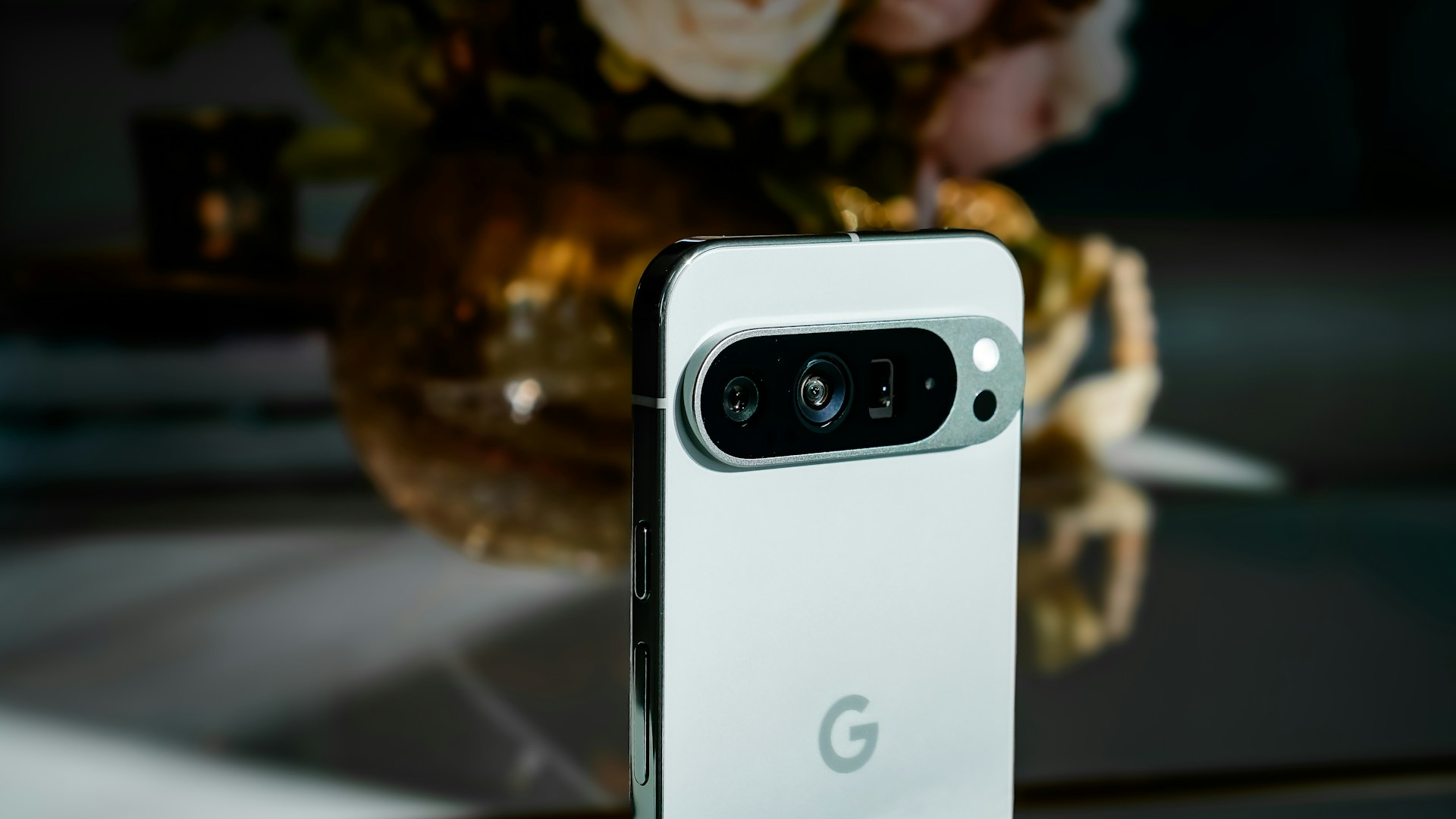As the smartphone industry continues to evolve, Google’s Pixel series has consistently stood out for its clean Android experience and high-quality cameras. With the Pixel 8 Pro now available, it’s worth taking a closer look at how it compares to its predecessor, the Pixel 6 Pro. Despite sharing some similarities, the two phones differ in several key areas, including processing power, display brightness, and camera configuration.
Design and Build Quality
Both the Pixel 6 Pro and the Pixel 8 Pro feature a sleek and premium design, but the newer model offers subtle improvements. The Pixel 6 Pro measures 6.45 x 2.99 x 0.35 inches and weighs about 210 grams, while the Pixel 8 Pro is slightly shorter and a bit heavier at 213 grams. Both devices include glass backs and metal frames, but the Pixel 8 Pro uses Corning Gorilla Glass Victus 2 for improved durability, compared to the original Victus on the Pixel 6 Pro.
They also share the same IP68 water and dust resistance rating and offer an in-display optical fingerprint scanner. In terms of aesthetic options, the Pixel 6 Pro comes in Stormy Black, Cloudy White, and Sorta Sunny, while the Pixel 8 Pro is available in Obsidian, Porcelain, and Bay.
Display and Visual Experience
Both models feature a 6.7-inch display with a 120Hz refresh rate. However, the Pixel 6 Pro offers a slightly higher resolution at 3120×1440 pixels with a 19.5:9 aspect ratio and 512 pixels per inch (PPI), compared to the Pixel 8 Pro’s 2992×1344 resolution and 490 PPI with a 20:9 ratio.
The biggest leap is in brightness. While the Pixel 6 Pro maxes out at 800 nits, the Pixel 8 Pro can reach an impressive peak brightness of 2400 nits, making it significantly easier to view in bright outdoor conditions. Both displays are protected by scratch-resistant glass and come with sensors like ambient light and proximity.
Performance and Hardware
Under the hood, the Pixel 6 Pro is powered by Google’s first-generation Tensor chip, built on a 5nm process. It features an octa-core CPU, combining high-performance and efficiency cores. On the other hand, the Pixel 8 Pro introduces the third-generation Tensor G3 chip, fabricated with a more advanced 4nm process. It includes a nona-core CPU setup with improved performance and power efficiency.
Graphics processing also gets a boost in the Pixel 8 Pro, which switches from the Mali-G78 MP20 GPU to the newer Immortalis-G715s MC10. Both phones come with 12GB of RAM, but the Pixel 8 Pro upgrades to faster LPDDR5X memory. Internal storage remains the same at 128GB UFS 3.1, with no option for expansion.
Battery and Charging
Battery capacity sees a slight increase from 5003 mAh in the Pixel 6 Pro to 5050 mAh in the Pixel 8 Pro. Both phones support fast charging, Qi wireless charging, and reverse wireless charging. However, the wired charging speed is faster on the Pixel 8 Pro at 30W, compared to 23W on the Pixel 6 Pro. Wireless charging speeds remain at 23W on both.
Camera Capabilities
The Pixel 6 Pro and Pixel 8 Pro both offer triple rear camera setups, but with different configurations.
The Pixel 6 Pro features a 50 MP main sensor with a wide aperture (f/1.9), accompanied by a 48 MP ultra-wide lens and a 48 MP telephoto lens offering 4x optical zoom.
The Pixel 8 Pro rearranges things with a 50 MP main camera (f/1.7) and improved pixel size for better low-light performance. The ultra-wide camera now also supports autofocus and has OIS (optical image stabilization), while the telephoto lens delivers 5x optical zoom. These changes enhance versatility and clarity in various shooting conditions.
On the video front, the Pixel 6 Pro supports 4K recording at up to 60 fps. The Pixel 8 Pro adds an edge by also offering 1080p recording at 240 fps for ultra-slow-motion footage.
Front camera specs are slightly altered as well. The Pixel 6 Pro offers an 11.1 MP front-facing shooter capable of 4K video at 30 fps, whereas the Pixel 8 Pro features a 10.5 MP camera with 4K video support at 60 fps.
